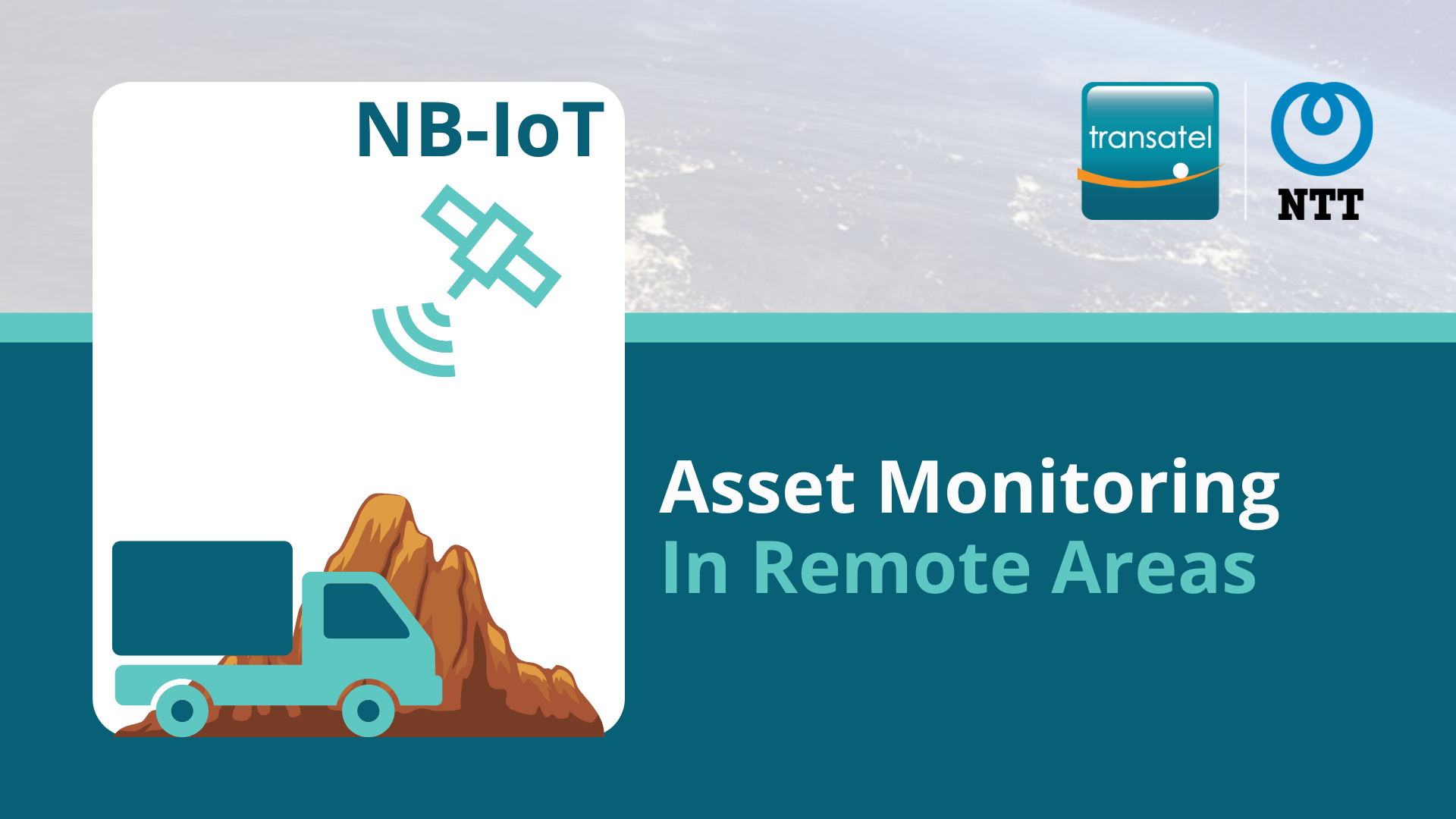
For years, mobile network providers delivering Machine-to-Machine (M2M) connectivity have benefited from what are known as “captive clients.” For example, once a SIM card is installed in a water tower or a partially buried water tank, switching mobile operators by physically replacing the SIM becomes highly costly. The expense of sending technicians to replace each SIM on-site significantly impacts the IoT project’s return on investment (ROI). In other words, it takes a lot to justify an intervention, as each visit chips away at the project’s profitability.
While there are many ways to reduce your M2M and IoT Costs, advanced methods have been developed to enable mobile operator switching without requiring physical SIM changes in your devices. This article discusses eSIM technology and several other solutions that simplify and streamline this process.
Problem: Switching Mobile Operators by Physically Swapping the SIM Card
The traditional, hands-on method involves going to the IoT equipment itself (or bringing all devices into a workshop), removing the current SIM card, and inserting a new one.
Before this, you must finalize an agreement with a new mobile operator, reconfigure data routing, familiarize yourself with the new SIM management portal, set up the new APN on the devices, test all services, redeploy the connected device, and confirm that everything runs smoothly with the new setup.
This method still works but is both costly and time-consuming to implement.
Solution: Downloading an eSIM Profile
Downloading an eSIM profile offers a more streamlined approach to switching SIM cards. The basic process stays the same, but there is no need to handle a physical card. Instead, you can download a new SIM profile remotely, significantly reducing handling costs.
However, this solution is not without its limitations. Downloading an eSIM profile is typically used when shifting an entire fleet of devices from one operator to another—often focusing more on contract negotiations than on network change itself. The challenge is ensuring a smooth transition for every device: each must successfully download the new SIM profile to deactivate the old contract. Any device that fails to update risks being left without a connection, essentially out of circulation.
This eSIM approach does bring added hardware costs and requires a certain level of technical expertise. The Director of Research & Innovation at Transatel has explored eSIM technology and its exciting prospects for widespread adoption.
Gaining full control over Network Selection while Switching Mobile Operators
Imagine being able to switch from one operator’s network to another—or even among multiple networks at will. That is exactly what Transatel offers. With just a few clicks in the management interface (or via REST API), you can seamlessly switch an individual SIM, a group of SIMs, or your entire fleet from one mobile operator to another. You are in control.

Illustrated here between two network lists, the process works the same way when switching from one mobile operator to another.
Since the operator management service for your SIM cards is controlled directly from Transatel’s core network, this setup applies to every SIM card, even if it is not currently connected. The next time it connects with our core network, it will receive updated instructions on which network it can access—whether that is a day or even a decade later.
Transatel also enables you to establish a direct commercial agreement with a mobile operator of your choice. While Transatel continues to handle technical interconnection, the contractual terms and financial arrangements can be managed directly between your company and the selected mobile operator. This setup allows you to retain the benefits of using a single SIM management portal, unified data routing configuration, and a single APN, among others. Transatel refers to this approach as “Bring Your Own Agreement.”
Our IoT Expert’s Final Thoughts
Each of these options enables a switch in the mobile network, with the flexibility to either retain or change the mobile operator managing your fleet.
Switching providers typically involves establishing a new contract, reconfiguring the data link (VPN), updating APN settings on your devices, and sometimes transitioning to a new SIM management portal. Fully switching the mobile network for one or more SIMs—including on-site physical SIM replacement—can be costly. However, downloading a new SIM profile, or more precisely, an eSIM profile, is a more economical alternative when managing large volumes of SIM cards.
If the goal is simply to change the mobile network in use by one or more SIMs with the flexibility to switch back or adjust settings as needed, without a complete overhaul, partnering with a mobile operator that offers full control over the networks your SIMs can access provides an immediate, cost-effective solution. With Transatel, these changes are made seamlessly and without added costs.

Click here to book a FREE 30-minute consultation and learn how Transatel’s IoT connectivity can simplify switching mobile operators and save your IoT costs!




